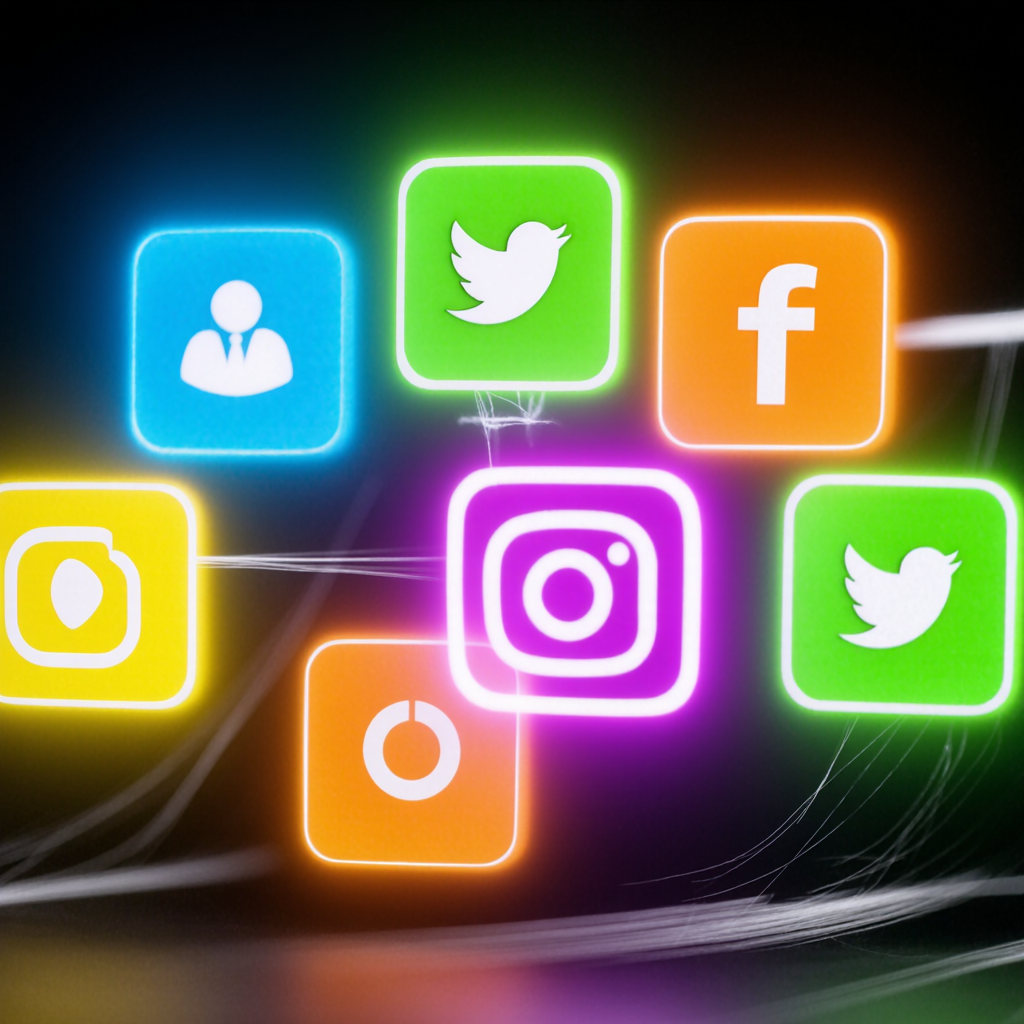The customer lifecycle in 5 stages
How to reach the right people at the right time with the right message
Customer growth doesn’t just happen. We all know that it takes a lot of hard work to get new customers and keep them coming back. A large part of this involves a well-executed marketing strategy, with multiple but thoughtful touchpoints. This is where the customer lifecycle comes in. Today, we’re going to explain exactly what it is, the stages of the customer lifecycle and how to optimize your marketing at each stage to reach the right people at the right time with the right message and, ultimately, grow your business.
What is the customer lifecycle?
The customer lifecycle is the progression of stages a customer goes through from not knowing about your product or service, to becoming a paying customer and, finally, a loyal advocate. Each stage presents unique challenges and opportunities for marketing. The length of a lifecycle may vary depending on the product or service, but whatever the length, customers go through several stages as part of a lifecycle marketing plan. By understanding the different stages, you can develop a marketing strategy that targets each stage of the journey and addresses the specific needs of your customers at those stages. This will help you attract new customers, convert them into paying customers and keep them coming back.

The stages
Awareness
The awareness phase is the very first stage of the customer lifecycle, and is when potential buyers become aware of a problem they have. This is your opportunity to position your product or service as the solution to their problem.
At this stage, your marketing objectives should be to build awareness of your brand and inform your target customers of what you have to offer.
This is not the time to sell, but rather to generate interest and establish yourself as a trusted resource.
Think about where your potential customers are. What do they search for online, where do they live, what do they read, listen to or watch? Then think about the message you want to get across, and promote your content with ads to effectively reach and educate your target audience.
These strategies can include:
- Define your target audience, its sensitivities and needs.
- Develop targeted content that meets these needs
distribute this content through SEO, social media, email marketing and paid advertising. - Consideration
- The reflection phase is when potential customers begin to take steps to find out more about the problem they’re facing and possible solutions.
They are now actively seeking information and weighing up their options, which means they are further along in their buying journey than they were at the awareness stage.
At this stage, it’s important to focus on creating relevant and engaging content.
This may include:
- Blog posts that answer common questions
- Guides or e-books offering detailed information
- Webinars or podcasts providing expert advice
- Case studies or testimonials that show results.
- Infographics that simplify complex concepts
- Videos that inform your audience about a subject that interests them.
You also need to make sure that your website is optimized so that potential customers can find you easily when they’re looking for answers online. The key is to provide value and build trust with your audience. The more useful and relevant information you can provide, the more likely they are to see you as a credible source and take the next step in their journey.
Purchase
The purchase stage is when potential customers are ready to buy, and compare different options to find the best solution for their needs. This is when your marketing efforts really pay off, and you have the opportunity to turn a prospect into a paying customer.
At this stage, your marketing objectives should be to convert prospects into customers by providing them with the information they need to make a purchasing decision.
This may include:
- Product demonstrations
- Free trials or coupons
- Comparative tables or evaluations
- Detailed product information.
You also need to make sure that your sales team is ready to answer all potential customers’ questions and close the deal. Once a customer has made a purchase, your job is not yet done. The next stage in the customer lifecycle is just as important.
Loyalty
The loyalty stage is where customers start using your product or service, and where you strive to keep them happy and engaged. This is where you turn one-time buyers into lifelong fans who will continue to do business with you and refer their friends.
At this stage, your marketing objectives should be focused on customer satisfaction and engagement.
This may include:
- Create welcoming content to help make the process painless.
- Ensure that your support team is equipped to provide first-class service through a variety of channels (i.e. live chat, support portal, telephone, etc.).
- Keep customers informed of the latest product features and upgrades.
- Organize exclusive contests and giveaways
- Offer special deals to encourage future purchases
- Develop customer loyalty programs, such as a rewards program.
The key is to keep your customers happy and engaged so that they continue to do business with you.
Advocacy
The promotion stage is where customers become brand ambassadors, promoting your product or service to their friends and followers. This is the ultimate goal of any marketing campaign, as it’s the most cost-effective way to reach new customers.
At this stage, your marketing objectives should be to turn your happiest customers into brand ambassadors.
This may include:
- Encourage customer reviews and testimonials
- Encourage customers to share your content
- Create sponsorship programs or affiliate partnerships
- Developing ambassador programs
Ensuring that your customers have a positive experience with your brand is the best way to turn them into advocates. If they’re satisfied, they’re more likely to tell others about you. The customer lifecycle is the journey your customers take as they learn about your product or service and become brand advocates. By understanding the stages of the customer lifecycle, you can optimize your marketing efforts to reach the right people at the right time with the right message, and ultimately help your business grow. If you’re looking to create a marketing strategy that will help you reach your target audience at every stage of the customer lifecycle, contact our team today. We specialize in creating customized marketing plans tailored to your unique business objectives.












